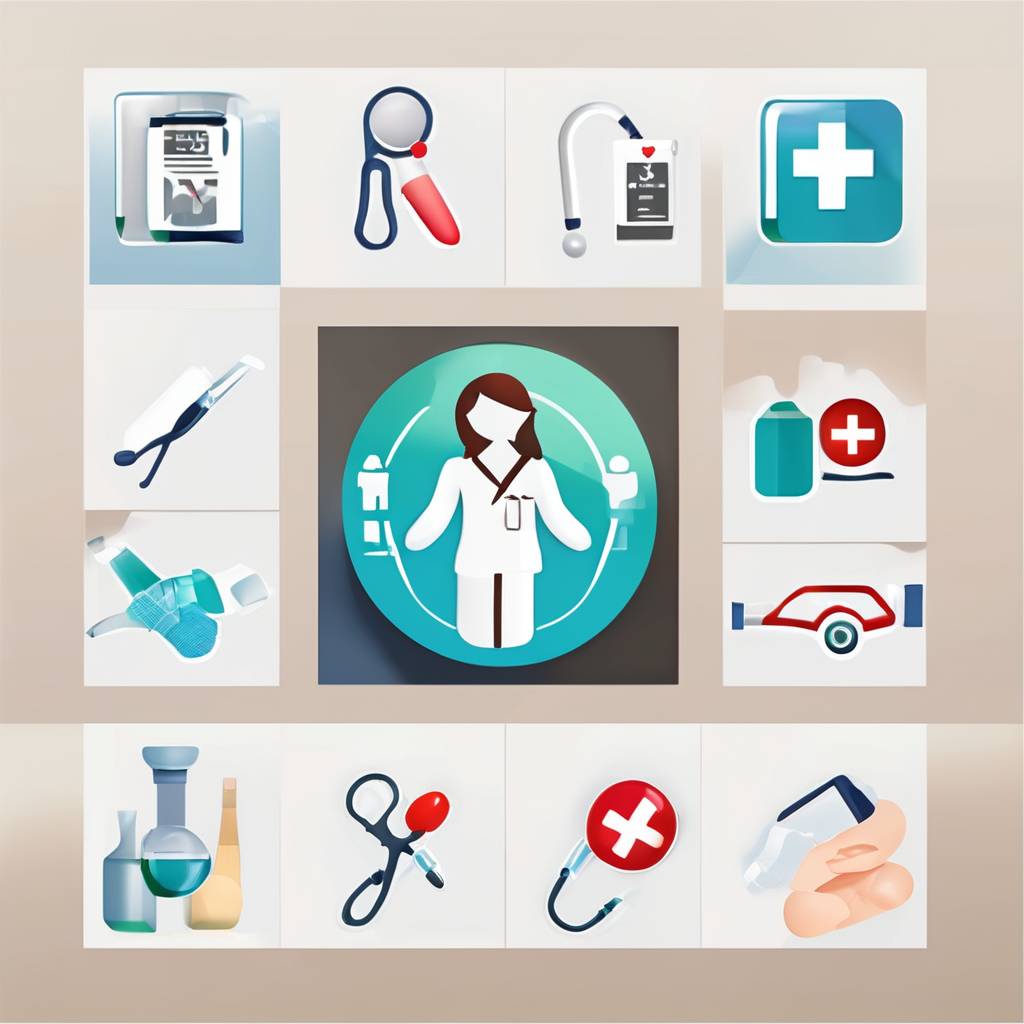In the evolving landscape of healthcare, home visits by health professionals have emerged as a vital component of patient care. As we navigate a post-COVID world, the need for home-based assessments is more pronounced than ever. This trend is driven by the need for personalized care, the convenience for patients, and a holistic approach that considers the social environment of the individual. But how can UK health professionals optimize these visits to deliver effective and compassionate service? This article explores the strategies and best practices for conducting patient assessments at home, ensuring both clinical excellence and patient satisfaction.
Understanding the Dynamics of Home Visits
Home visits provide a unique opportunity for health professionals to assess a patient’s living situation, offering a comprehensive view of their health and well-being. Unlike in a hospital setting, home visits allow professionals to observe factors like living conditions, family support, and social dynamics that can significantly influence patient management.
Additional reading : Revolutionary Approaches by UK Audiologists to Maximize Cochlear Implant Success
Gathering Holistic Insights
Conducting a home visit enables the healthcare team to gather insights beyond the clinical diagnosis. By observing the patient’s environment, you can tailor interventions that better suit their daily routine and personal circumstances. This is crucial for patients with chronic conditions or those who require regular care.
Building Trust and Rapport
A home visit creates a more personal interaction than a typical appointment in a clinic. This setting fosters trust between the patient and healthcare staff, allowing for more open communication. The relaxed environment encourages patients to share concerns that they might feel uncomfortable discussing in a more formal setting.
Also to see : What resources are available to UK health professionals for supporting patients with disabilities?
Evaluating Social Support
Assessing the patient’s support system is crucial during a home visit. It provides insight into the level of care the patient can expect from family or social connections. This information is pivotal when planning ongoing care, ensuring that patients receive the necessary support for their health journey.
Enhancing Remote and Virtual Assessment Practices
Incorporating remote and virtual technologies into home visits can significantly enhance the quality and efficiency of patient assessments. These technologies offer a bridge between traditional in-person visits and the modern demands for accessibility and convenience.
Leveraging Technology
With advancements in telehealth, health professionals can now conduct virtual check-ins and monitoring, complementing the physical visit. Utilizing tools such as video calls and remote monitoring devices ensures that you can maintain contact with patients without the need for frequent in-person visits, especially in situations where travel is challenging.
Conducting Hybrid Assessments
A hybrid approach, combining in-person visits with virtual check-ups, allows for a more flexible and thorough assessment of the patient’s condition. This method is particularly beneficial for patients with mobility issues or those residing in remote areas. By offering virtual alternatives, healthcare providers can reach a broader range of patients, ensuring comprehensive care.
Streamlining Communication
Virtual platforms enable seamless communication between the patient, their family, and the healthcare team. This facilitates a more collaborative approach to patient care, ensuring that everyone involved is informed and engaged in the patient’s health journey. Effective communication tools can help manage patient information more efficiently, reducing the potential for miscommunication or errors.
Adapting Assessment Techniques for Diverse Patient Needs
Every patient is unique, with individual needs that require personalized approaches during home visits. Adapting your assessment techniques to suit these diverse requirements ensures that each patient receives appropriate and effective care.
Considering Cultural Sensitivity
Understanding and respecting cultural differences is crucial when conducting home visits. Acknowledging the patient’s background and preferences can improve the quality of interaction and the effectiveness of the service provided. By being culturally sensitive, you demonstrate a commitment to inclusive and respectful healthcare practices.
Tailoring Interventions
Customizing interventions based on a patient’s specific needs and circumstances can enhance the efficacy of your care. Whether adjusting medication plans, recommending lifestyle changes, or suggesting community resources, personalizing your approach ensures that interventions are both relevant and feasible.
Prioritizing Patient Involvement
Engaging patients in the decision-making process is a key aspect of delivering patient-centered care. By involving them in discussions about their treatment plans, you empower them to take an active role in their health management. This participatory approach fosters a sense of ownership and encourages adherence to prescribed regimens.
Optimizing Time and Resource Management
Effective time and resource management are essential for health professionals conducting home visits. Balancing the demands of clinical practice with the logistical challenges of fieldwork requires careful planning and strategic execution.
Scheduling Efficiently
Planning and organizing your schedule can help maximize the number of visits you can conduct in a day without compromising the quality of care. Grouping patients geographically and allowing buffer times for unforeseen delays can enhance efficiency and reduce stress.
Utilizing Support Staff
Incorporating support staff into your home visit strategy can help streamline operations. Tasks such as administrative paperwork, data entry, and basic patient follow-ups can be delegated to trained support staff, freeing up time for healthcare professionals to focus on direct patient care.
Embracing Collaborative Practices
Collaboration is key to managing the complexities of home visits. Working closely with other healthcare providers, community workers, and family members ensures that all aspects of patient care are addressed. By fostering a collaborative environment, you can provide comprehensive and coordinated services that meet the diverse needs of your patients.
Home visits for patient assessments are a cornerstone of modern healthcare, offering a unique opportunity to deliver personalized and effective care. By understanding the dynamics of home environments, leveraging technology, adapting techniques to meet diverse needs, and optimizing time and resource management, UK health professionals can enhance their practice during these visits. As the landscape of healthcare continues to evolve, embracing these strategies ensures that you provide compassionate, comprehensive, and efficient care, ultimately improving patient outcomes and satisfaction.











